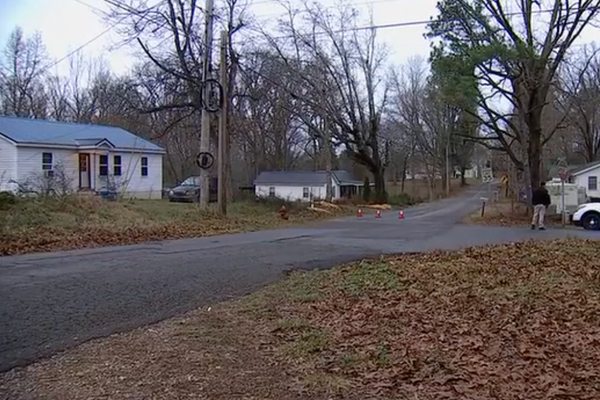
Recent government satellite data revealed a significant decrease in deforestation in Brazil's Amazon rainforest compared to the previous year. The latest figures show a reduction of nearly 46%, marking the largest decrease since 2016. Over the past 12 months, approximately 4,300 square kilometers of forest were lost, an area roughly equivalent to the size of Rhode Island.
The monitoring system used by environmental agencies detected a 33% increase in tree cutting during July 2023, partly attributed to a strike by federal environmental officials. Despite this surge, the overall trend indicates progress in curbing deforestation.
The Amazon rainforest, which covers an area twice the size of India, plays a crucial role in absorbing carbon dioxide and preserving biodiversity. President Luiz Inácio Lula da Silva has set a goal of achieving 'deforestation zero' by 2030, emphasizing the importance of conservation efforts.
While deforestation in the Amazon has declined, the Cerrado savannah experienced a 9% increase in native vegetation loss. This biodiverse ecosystem faces challenges due to the expansion of soybean production and the lack of protected areas.



Experts emphasize the need for comprehensive strategies to combat deforestation, including the establishment of new protected areas, reforestation of degraded lands, and stricter regulations for industries contributing to forest destruction. Law enforcement alone is insufficient, and a holistic approach that supports sustainable practices is essential for long-term conservation.
Government officials acknowledge the importance of combining law enforcement with initiatives that promote sustainable development. Minister Marina Silva highlighted the government's commitment to implementing a broader plan that addresses the root causes of deforestation.
Efforts to protect the Amazon and the Cerrado are crucial not only for Brazil but also for global climate stability and biodiversity conservation. Continued monitoring and collaborative actions are essential to safeguard these vital ecosystems for future generations.







